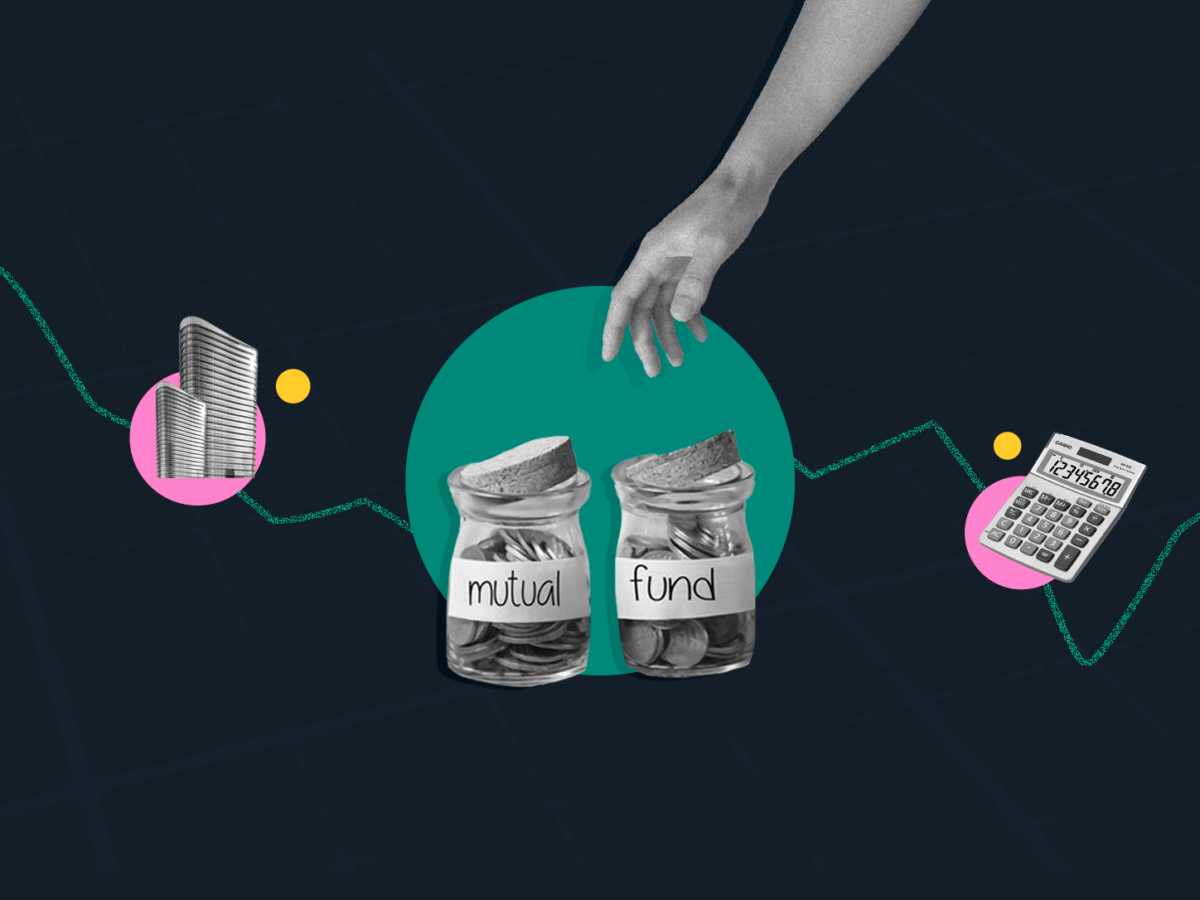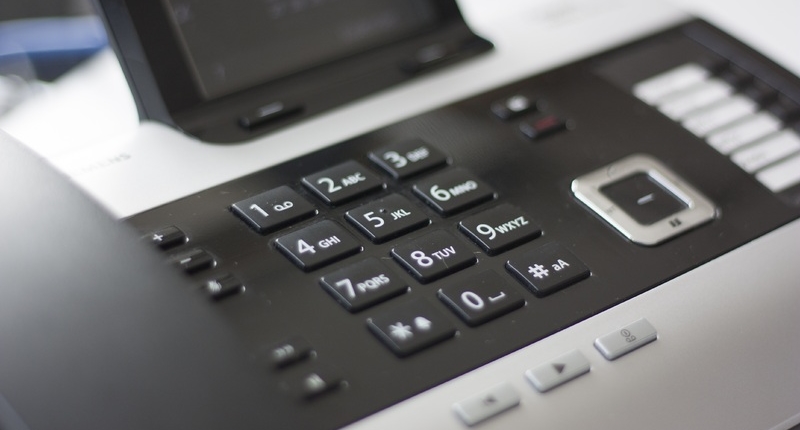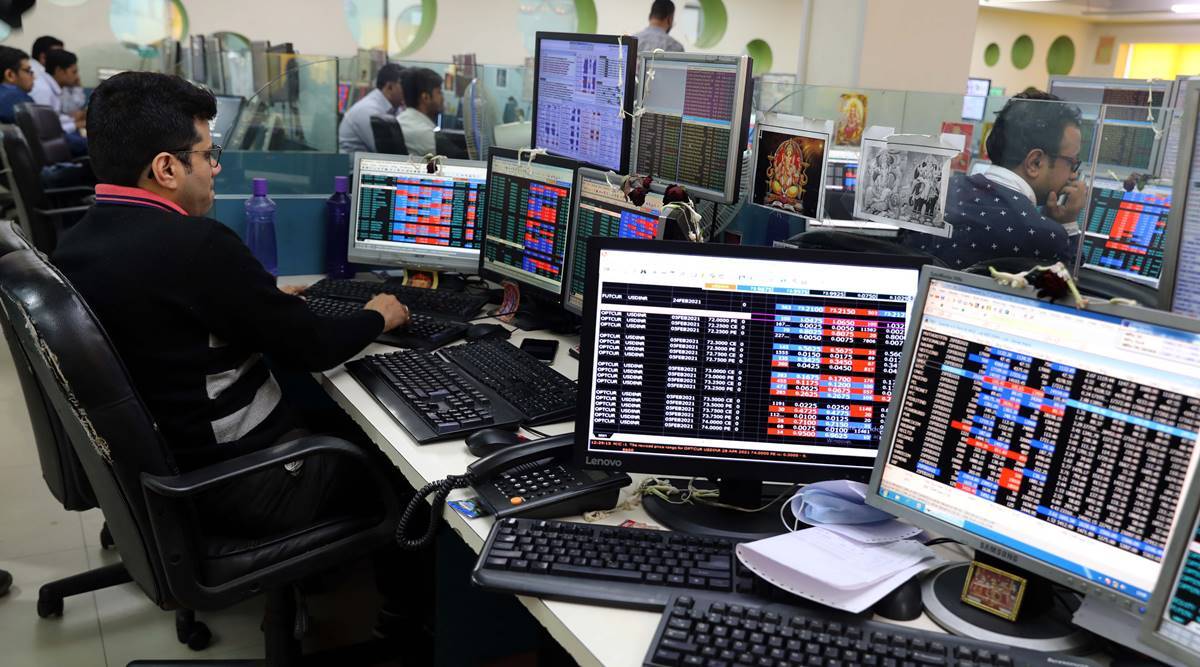5 Tips to Track and Monitor Contracts
Successful contract execution is determined by amongst other things efficiency in monitoring and contract management in the various stages of the lifecycle. There are contract managers who depend on manual approaches. Others go out of their way to find automation methods to minimize errors and enhance the operational efficiency of the contracts.
However, if you’re looking to stay on top of your contract game, there are basic best practices that could help you get things done in a more effective manner. In this article, you’ll learn five important tips to make your work of monitoring and tracking contracts an efficient and enjoyable one.
Let’s zoom in.
Know the location of contracts and agreements
Everything starts and revolves around the contract agreements you have with your clients. Before you can initiate the monitoring protocols, you’ll first need to know the location of all the contracts and their corresponding details. This should be a simple undertaking especially if you don’t have a large number of companies you’re working with at the moment.
There are several storage locations for these details. They include shared drives, file cabinets, or use of software. Whichever method you’re comfortable with, you should have an established and robust repository system that makes it easy to use access the contract details whenever there’s a need for review or reference. In the advent of emerging technology, many companies are leaning more towards digital methods due to the security and ease of retrieval associated with them. If you get this right, it will set the pace at which the entire contract lifecycle will run.
Know what needs tracking
Not every aspect of your contract will require tracking and monitoring. After executing a new agreement, always take time to document the specific aspects that need monitoring. With that documentation, you can then come up with the roadmap to use in the execution process which will then make it possible to retire and archive the agreement.
It’s recommended that you ask the contract owner the special considerations, deadlines, and timelines as well as anything else they wouldn’t want you to miss. That ensures that the two of you are reading from the same script and thus eliminates confusion and misunderstandings.
The following are the most commonly tracked aspects of contract agreements:
- End dates
- High-risk clauses
- renegotiation/Opt-out windows
- Contract performance
- Termination notice requirements
- Compliance requirements
Be proactive
Being proactive as opposed to reactive means that you do everything possible to stay ahead of deadlines and steer off risks. If you do that, you spend a better chance of spotting and capitalizing on the opportunities that will come along during the lifecycle of the project. One of the ways to achieve this optimal level of performance is through regular review of the agreement particulars and obligations. As a proactive contract manager, you’ll catch the areas that need correction and notice risks that need to be mitigated even before they arise.
Tracking and monitoring mean that you’re tightly in control of the flow of processes and activities. You can assess situations and make informed decisions in advance so that issues of delay or non-performance don’t become a stumbling block.
A good example is when you’ve got a contract that’s coming to an end in a few weeks or months’ time. With this awareness, you’ll have an upper hand on whether you need to renegotiate the terms, terminate them, review some aspects or allow it to flow according to the current plan. The danger with noticing the approaching deadline when it’s only a few days to its end is that you may make a hurried and irrational decision that might cause you the entire contract.
Regular communication with the stakeholders
Effective communication is another critical component of a successful contract execution process. Information should always reach the intended stakeholders in good time so that they review the situation, gather the required resources or act in any other manner as necessitated by your communication to them.
Keep the stakeholders updated on the progress of the contract, the approaching timelines, and any other information needed for them to make appropriate decisions.
Streamlining contract execution with relevant software
Integrating contract management software is one of the best techniques you can use to ensure you always have a firm grip on your contract executions. The following are a few benefits of using the software:
- Comes with a contract repository – this makes it possible to organize and store your agreements in a manner that you’ll locate and work on them at your convenience.
- Receive notifications and alerts -keep ahead of the game with regular alerts on upcoming timelines and important dates.
- Custom reporting tools – simplifies the process of reporting on the various data points and sends the same feedback to the various stakeholders through an automated process.
Summary
These five tips are simple to implement but could have a tremendous impact on your contract workflow if you give them due attention. As for the specific software to use, take the time to research and compare the various options before settling on one that suits your operations.










